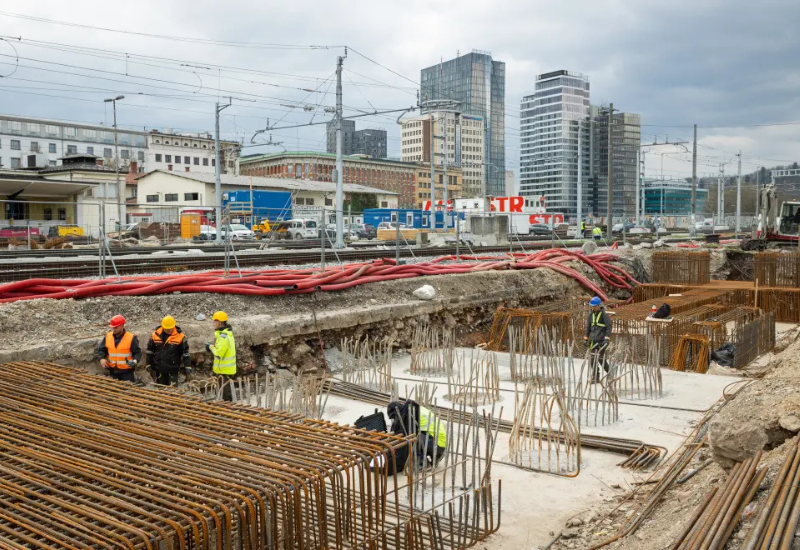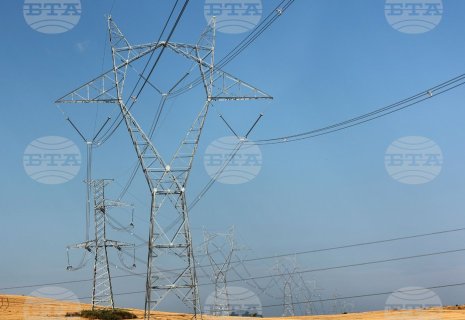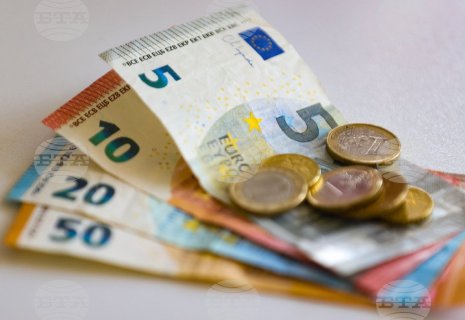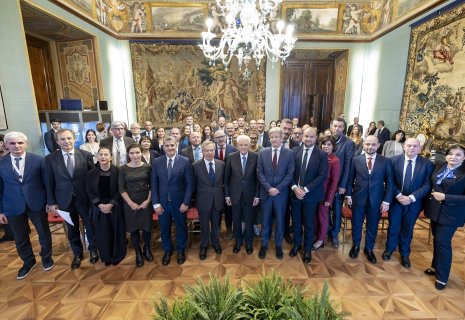
Slovenia's economy contracts for first time in five years
Slovenia's economy contracted by 0.8% in seasonally adjusted terms in the first quarter of 2025 both at quarterly and annual levels in what is the worst performance across the eurozone.
This is the first time the economy has contracted since the final quarter of 2020, at the height of the COVID-19 crisis, CE Report quotes The Slovenia Times.
Data released by the national Statistical Office on 15 May show a decline in investment and the trade gap had the biggest negative impact on GDP growth.
Gross fixed capital formation decreased by 5.1%, a similar rate as in the previous quarter.
Investment into buildings and structures, which were down by 9%, had the greatest impact, as the value of construction works declined by 7.4% on the year before.
Domestic expenditure increased by 0.8%, with final consumption expenditure contributing positively with a 1% growth. The increase of household final consumption expenditure was minimal (0.4%).
The value of exports of goods and and services remained almost at the same level as a year ago (+0.1%). Imports went up slightly more, by 1.9%.
The external trade balance had a negative impact on GDP growth to the tune of -1.4 percentage points, in particular due to a 7.7% jump in imports of services.
Total employment declined by 0.5%, having been easing off throughout 2024, mostly due to job losses in manufacturing.
Finance Minister Klemen Boštjančič attributes the contraction to problems in Slovenia's largest trade partners, in particular Germany and Austria, and uncertainty due to US tariffs.
Some other European countries are doing far worse, he said, but given that this also affects Slovenia "there is little consolation in us doing fairly well compared to other European countries," he told the Slovenian Press Agency.
Fresh data released by Eurostat show the eurozone and the EU posted 0.3% quarterly growth in the first quarter, while the annual rate of growth was 1.2% in the euro area and 1.4% in the entire EU.
Germany's economy contracted by 0.2% and Austria's by 0.7% year-on-year.
IMAD, the government's economic forecaster, was surprised by the contraction, having projected a 2.1% GDP growth rate for this year in its latest forecast in February.
It linked the low level of investment in equipment and machinery to the great uncertainty, describing the contraction in construction investment as surprising.
The negative trends in exports are linked to the increased uncertainty in the international environment and concerns about US tariffs with IMAD pointing out that external risks remain high.






















